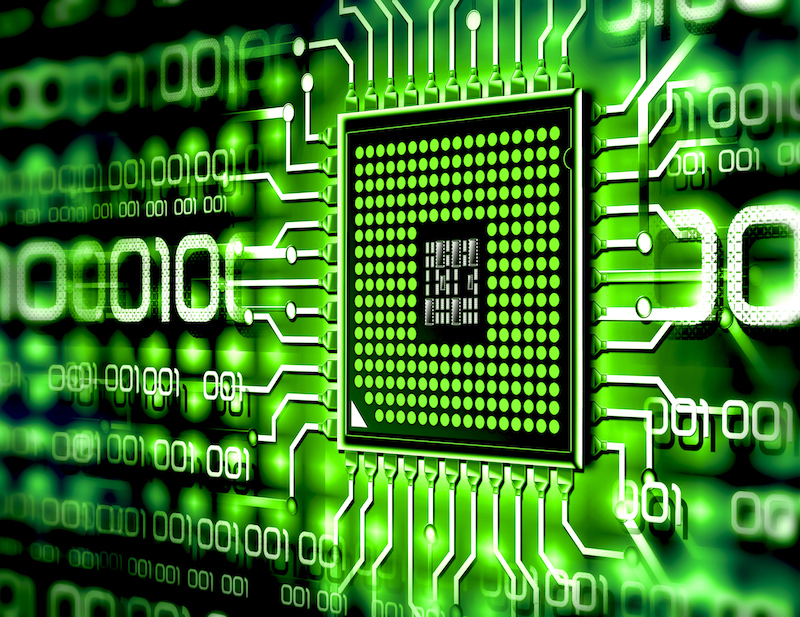
In the world of technology, firmware plays a crucial role, yet it often remains in the shadows, overshadowed by flashy software and hardware components. But what exactly is firmware, and why is it so important? In this article, we will delve deep into the realm of firmware, demystifying its significance and shedding light on its vital role in your everyday devices.
Introduction
When you think of your electronic devices, you might consider the physical components like the screen, processor, and memory. However, there’s a silent hero working behind the scenes – firmware.
What Is Firmware?
Firmware is a specialized software that is permanently programmed into a hardware device. It serves as the bridge between the hardware and software, enabling communication and control between the two. Think of it as the software that’s “baked” into your device, making it function as intended.
The Purpose of Firmware
The primary purpose of firmware is to provide instructions to the hardware. It tells your device how to operate, ensuring that it performs the tasks it was designed for. Without firmware, your hardware would be inert, unable to carry out any functions.
Firmware vs. Software: What Sets Them Apart?
Firmware and software are often used interchangeably, but they are not the same. Software refers to programs that can be installed and uninstalled, while firmware is permanently embedded in the hardware. Firmware cannot be easily updated or modified by the end user.
Types of Firmware
5.1. Embedded Firmware
Embedded firmware is found in microcontrollers and is responsible for managing specific hardware functions, such as the firmware in a TV remote control.
5.2. Operating System Firmware
Operating system firmware is the foundational software that enables your device’s operating system to function correctly.
5.3. Peripheral Firmware
Peripheral firmware controls the operation of various hardware peripherals, like printers or scanners.
How Is Firmware Developed?
Firmware development involves a meticulous process of coding, testing, and debugging. Developers write firmware code in low-level languages to ensure efficiency and reliability.
The Update Process
Firmware updates are essential to fix bugs, enhance performance, and improve security. These updates are typically provided by the device manufacturer and should not be ignored.
Firmware Security: A Growing Concern
As devices become more connected, firmware security is a growing concern. Vulnerabilities in firmware can be exploited by malicious actors, making it crucial to prioritize security measures.
The Importance of Keeping Firmware Up to Date
Regularly updating firmware is not just a suggestion; it’s a necessity. Outdated firmware can leave your device vulnerable to security breaches and performance issues.
Examples of Firmware in Action
From smartphones to smart home appliances, firmware is everywhere. It’s what makes your device respond to your commands and function seamlessly.
Challenges in Firmware Development
Developing firmware comes with its share of challenges, including compatibility issues, hardware constraints, and the need for rigorous testing.
Future Trends in Firmware
The future of firmware holds exciting possibilities, with advancements in IoT (Internet of Things) devices and AI integration promising even smarter and more responsive devices.
Conclusion
In conclusion, firmware is the unsung hero that makes your devices come to life. It’s the silent conductor that ensures all the hardware components play in harmony. Understanding its role and importance is crucial for maximizing the performance and security of your devices.